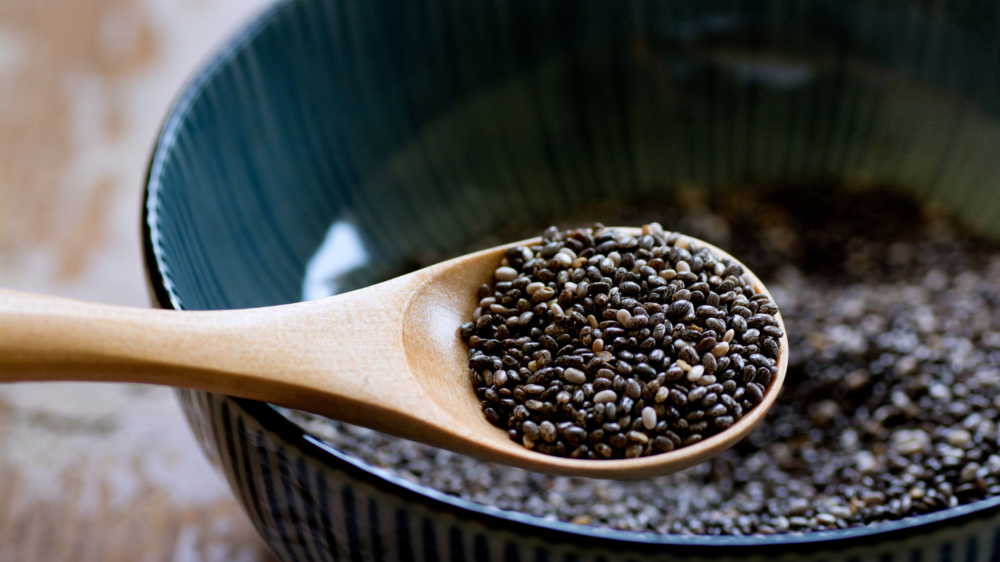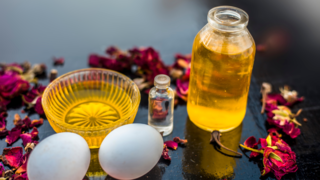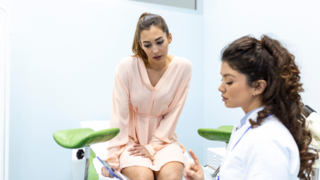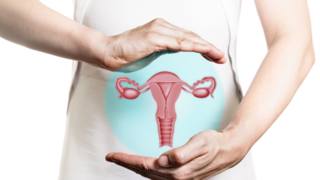So, what is seed cycling? It is nothing but a straightforward act of consuming particular seeds at various stages of your menstrual period to help your body with appropriate hormones at the right time. What is the best part? It is a natural, safe, and cost-effective approach.
Let's break it down for you in the easiest way possible.
What is Seed Cycling?
Seed cycling is a recent trend (intended to regulate estrogen and progesterone levels, which are the two key hormones that deal with your periods) that promotes the consumption of particular seeds during the first half and the second half of your menstrual cycle.In the first half (called the follicular phase), you will take flax seeds and pumpkin seeds; in the second half (called the luteal phase), you will take sunflower seeds and sesame seeds.
Benefits of Seed Cycling
Before we get into the step-by-step guide, here are some reasons why you may want to try seed cycling:- It may help regulate your periods.
- It can reduce PMS symptoms like bloating or mood swings.
- It may support hormone balance naturally.
- It might improve fertility.
- It can lead to clearer skin.
It's not a quick fix, but if you're consistent, you may start seeing positive changes in 2-3 months. However, there is no proven research around this.
The Two Phases of Your Cycle
To follow seed cycling, you'll need to understand the two main phases of your cycle:1. Follicular Phase (Day 1 to Day 14)
- Starts on the first day of your period.
- Ends when you ovulate (around Day 14).
- Your estrogen levels rise during this time.
2. Luteal Phase (Day 15 to Day 28)
- Starts right after ovulation.
- Ends when your next period begins.
- Your progesterone levels rise in this phase.
Week-by-Week Seed Cycling Plan
Let's break it down in a simple week-by-week format so you can follow it easily.Week 1 and Week 2 (Day 1 to Day 14): Follicular Phase
Eat 1 tablespoon each of flaxseeds and pumpkin seeds daily.
Why these seeds?
Flax seeds contain lignans that help regulate estrogen levels. Pumpkin seeds are rich in zinc, which helps prepare your body for progesterone production later in the cycle.How to take them:
- Grind the seeds before eating for better absorption.
- Add them to smoothies, curd, roti dough, or sprinkle over poha or upma.
- Don't cook them on high heat; add them after the cooking is done.
Tip: If you don't want to grind every day, make a weekly mix and store it in an airtight container in the fridge.
Week 3 and Week 4 (Day 15 to Day 28): Luteal Phase
Switch to 1 tablespoon each of sunflower seeds and sesame seeds daily.
Why these seeds?
Sunflower seeds contain selenium, which supports liver function and helps the body remove excess hormones. Sesame seeds are rich in lignans and healthy fats, which support progesterone levels.How to take them:
- Again, grind for better absorption.
- You can mix the ground seeds into atta, sprinkle on dal or salad, or blend into your lassi.
- Avoid roasting or frying at high heat.
Tip: Create a Week 3-4 mix just like you did for Weeks 1-2, and store it in the same way.
What If You Have Irregular Periods?
If your cycle is unpredictable, use the moon cycle as a guide:- New Moon to Full Moon = Follicular Phase (Flax + Pumpkin).
- Full Moon to New Moon = Luteal Phase (Sunflower + Sesame).
This can help your body get into rhythm over time.
Seed Cycling Do's and Don'ts
Here are a few things to keep in mind while seed cycling:Do:
- Be consistent, try to have your seeds every day.
- Grind seeds for better digestion.
- Eat a balanced diet in conjunction with seed cycling.
- Allow at least 2-3 months for results to be visible.
Don't:
- Expect overnight results.
- Heat the seeds too much.
- Take large amounts, 1 tablespoon of each type per day is enough.
- Replace medicine without speaking to your doctor.
Realistic Expectations
Seed cycling isn't a magic fix. It's a gentle and supportive way to help regulate your hormones. Some people notice changes such as reduced cramps, improved energy, or better moods within 2-3 months. For others, it might take a little longer.It's safe to try alongside your usual lifestyle. And even if you don't notice huge changes, you're still giving your body healthy fats, fibre, and nutrients from natural sources. That's a win in itself.
Tips to Make Seed Cycling Easier
- Set a daily reminder: If you tend to forget, use your phone to remind you.
- Make seed mixes in advance: Prep them once a week and store in an airtight container.
- Include family members: The seeds are beneficial for everyone, not just those with hormonal health concerns.
- Track your cycle: Use free period tracking apps like Flo or Clue.
- Use variety: Add seeds to different dishes to prevent boredom.
Your body deserves gentle care, and seed cycling is one of the easiest ways to do that. With just four types of seeds and a little planning, you can take a big step toward feeling better, physically, mentally, and emotionally.
FAQs on How to Do Seed Cycling: A Week-by-Week Guide
- Can I do seed cycling if I have PCOS?
Yes, seed cycling is often used by people with PCOS to support hormonal balance. It's a natural method and may help regulate your cycle over time. - What if I miss a day or two?
That's okay. Just continue where you left off. Consistency matters more in the long run than being perfect every day.






